CORAL REEF THREATS
01
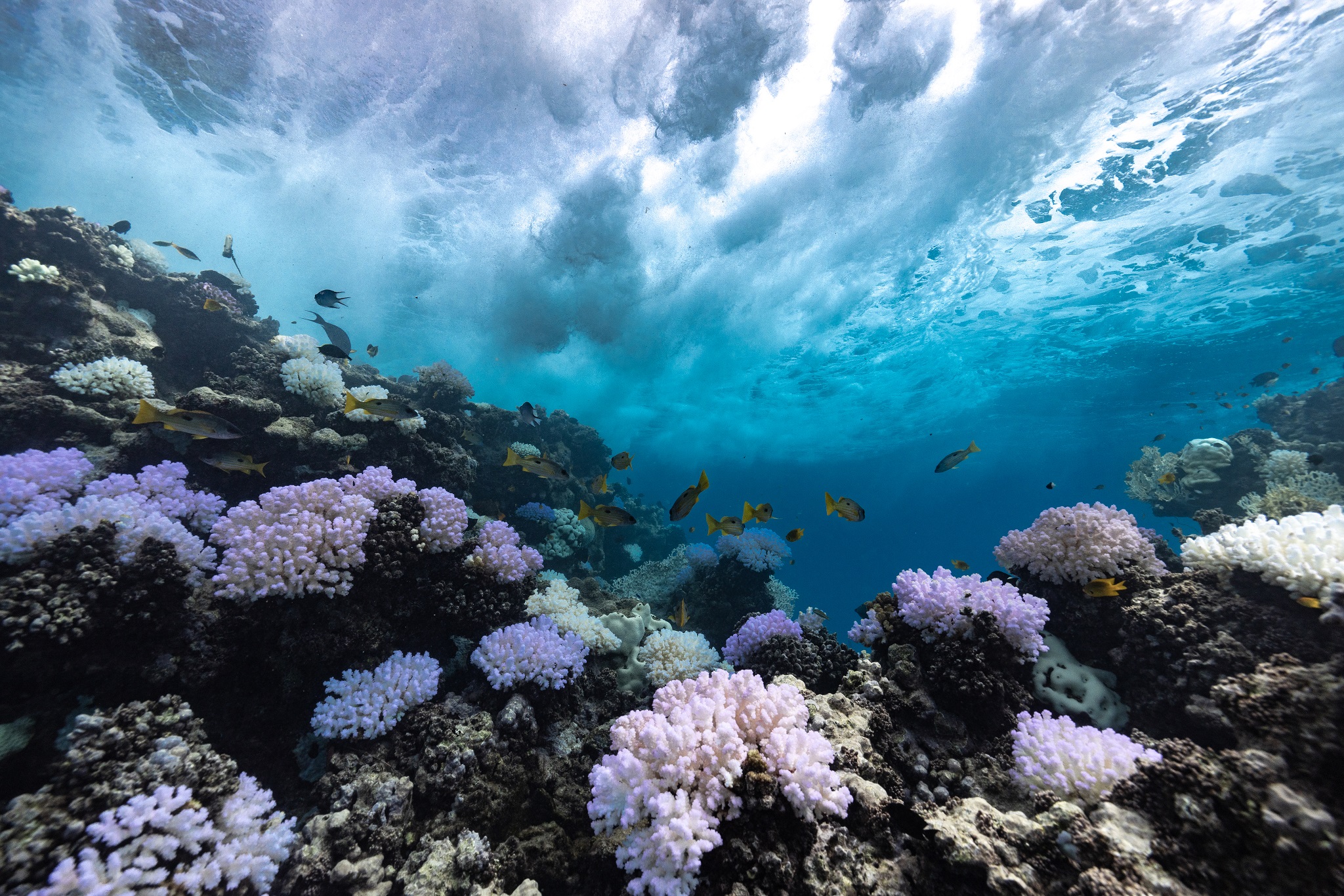
Warming waters (Bleaching)
High seawater temperature can stress corals leading to a breakdown of the partnership between the coral and algae (zooxanthellae) that live inside the coral’s tissue. The breakdown leads to the coral expelling its algae, leaving its skeleton bare and white in a process called coral bleaching.

02
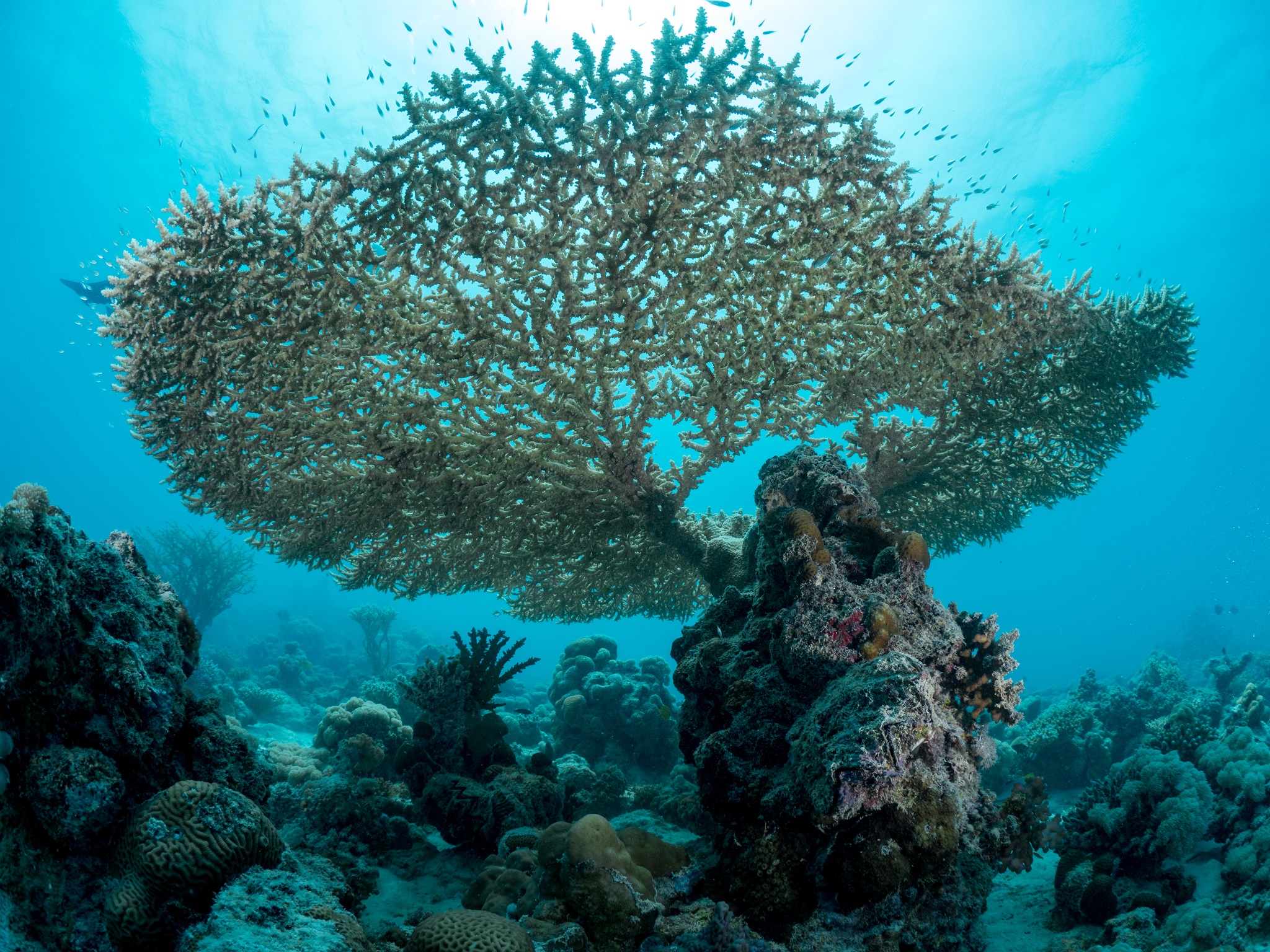
Ocean Acidification
Ocean acidification is a process linked to climate change, caused by the ocean uptake of more carbon dioxide from the atmosphere, which makes the ocean more acidic. Ocean acidification threatens sea life, especially corals and creatures that need calcium to build their skeletons and shells.

03
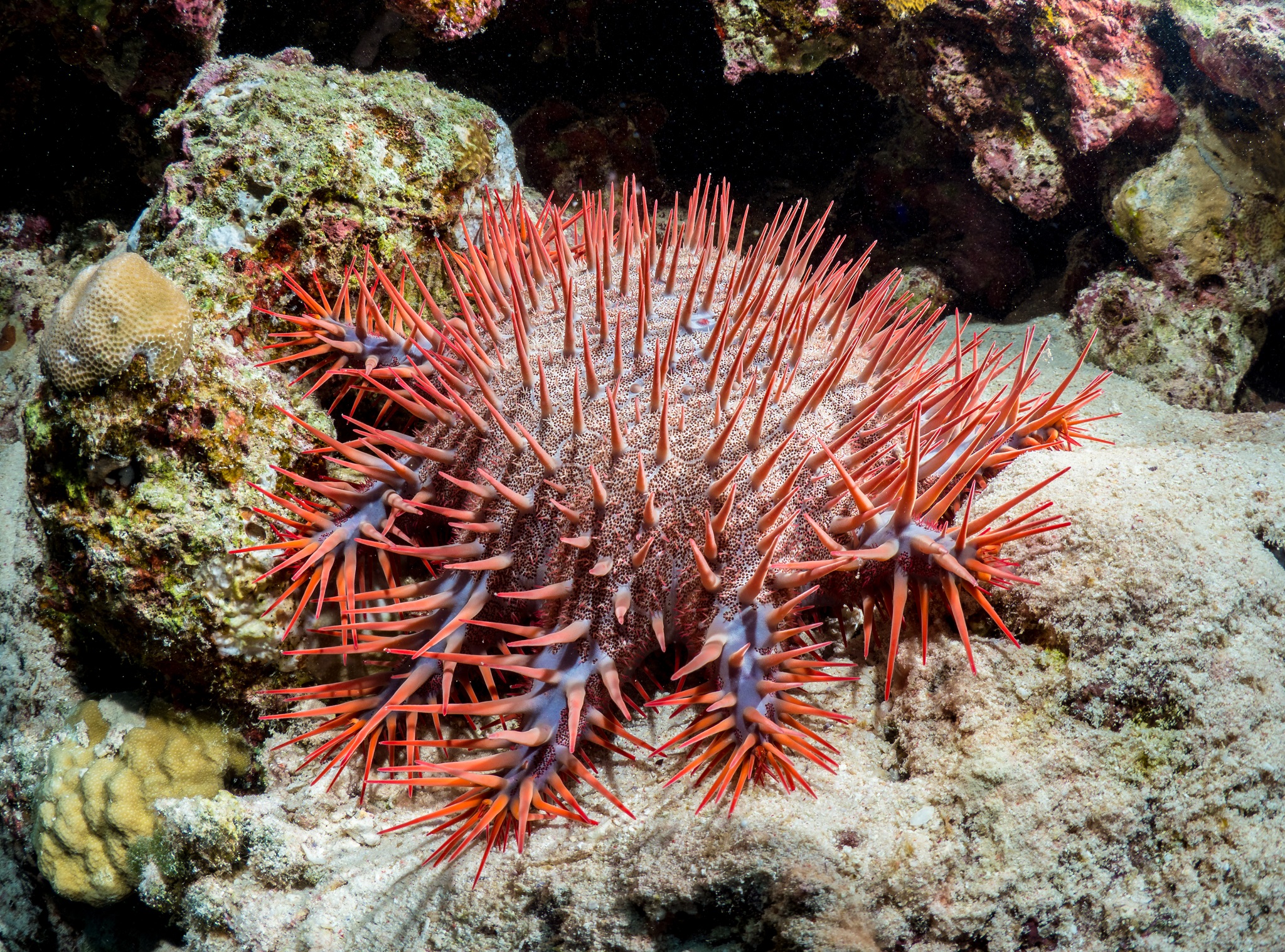
Eutrophication
Eutrophication poses a significant threat to coral reef health. It is primarily caused by excessive nutrient inputs, such as nitrogen and phosphorus, into marine ecosystems. These nutrients, predominantly from industrial discharges, and sewage overflows, stimulate algal blooms. The proliferation of algae results in competition for resources, including light and space, with corals. Consequently, this ecological imbalance leads to decreased oxygen levels and deteriorating water quality, ultimately threatening the survival of coral reefs. To preserve marine biodiversity, it is imperative to mitigate nutrient pollution and protect these vital ecosystems.

04
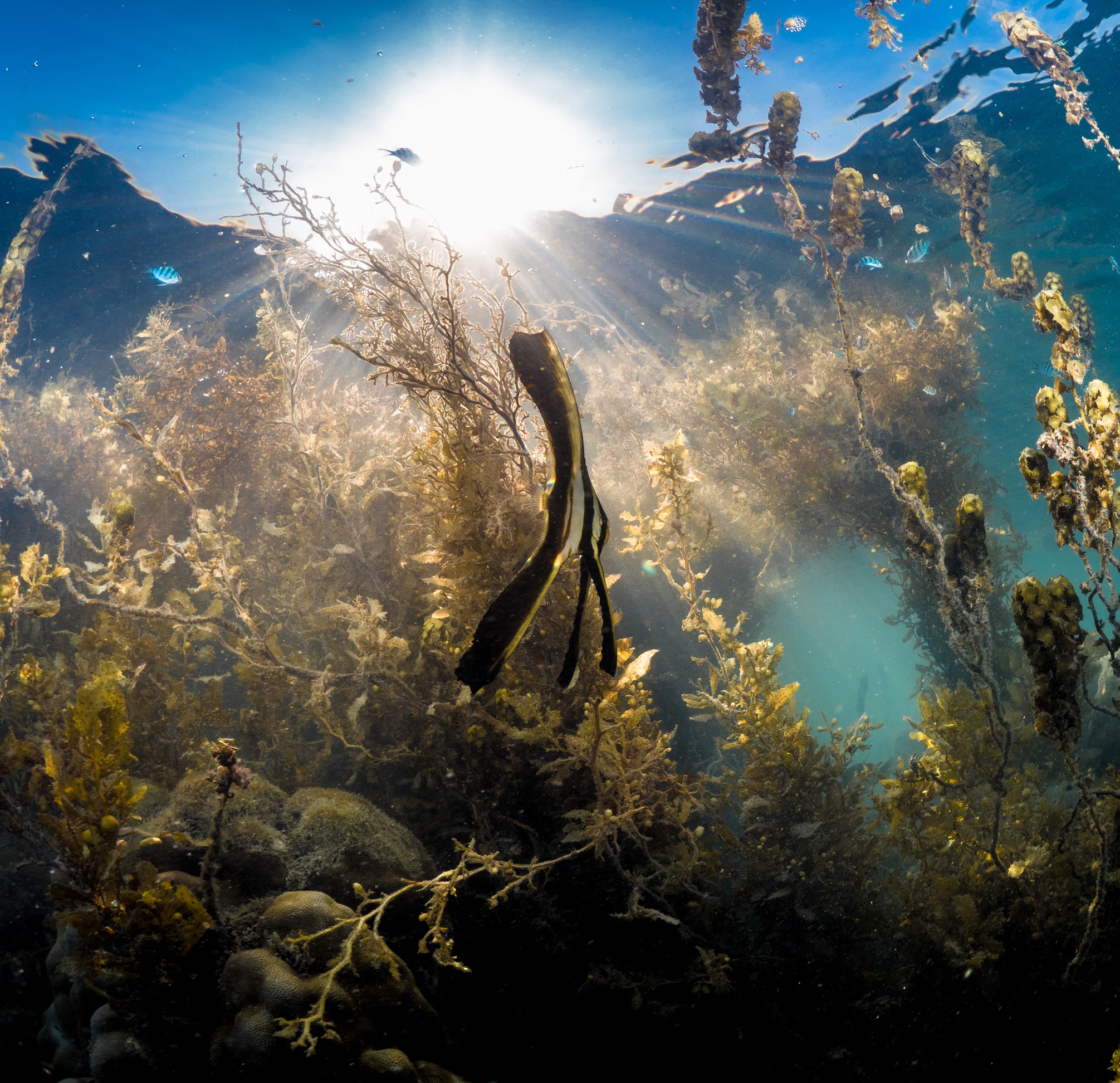
Crown-of-Thorns starfish (COTS)
The Crown-of-Thorns starfish (COTS) is a natural inhabitant of coral reef ecosystems that feed on coral polyps. COTS outbreaks can lead to substantial damage to coral reefs. Various factors, including a decline in natural predators, contribute to population outbreaks of COTS. Successful management strategies targeting these outbreaks will aim to 'control' rather than 'eradicate' populations, thereby preserving ecological processes. This approach is adopted to prevent coral consumption rates from exceeding natural coral growth rates, which could result in coral reef degradation. Consequently, maintaining a healthy balance within marine ecosystems is crucial for the long-term sustainability of coral reefs.

05
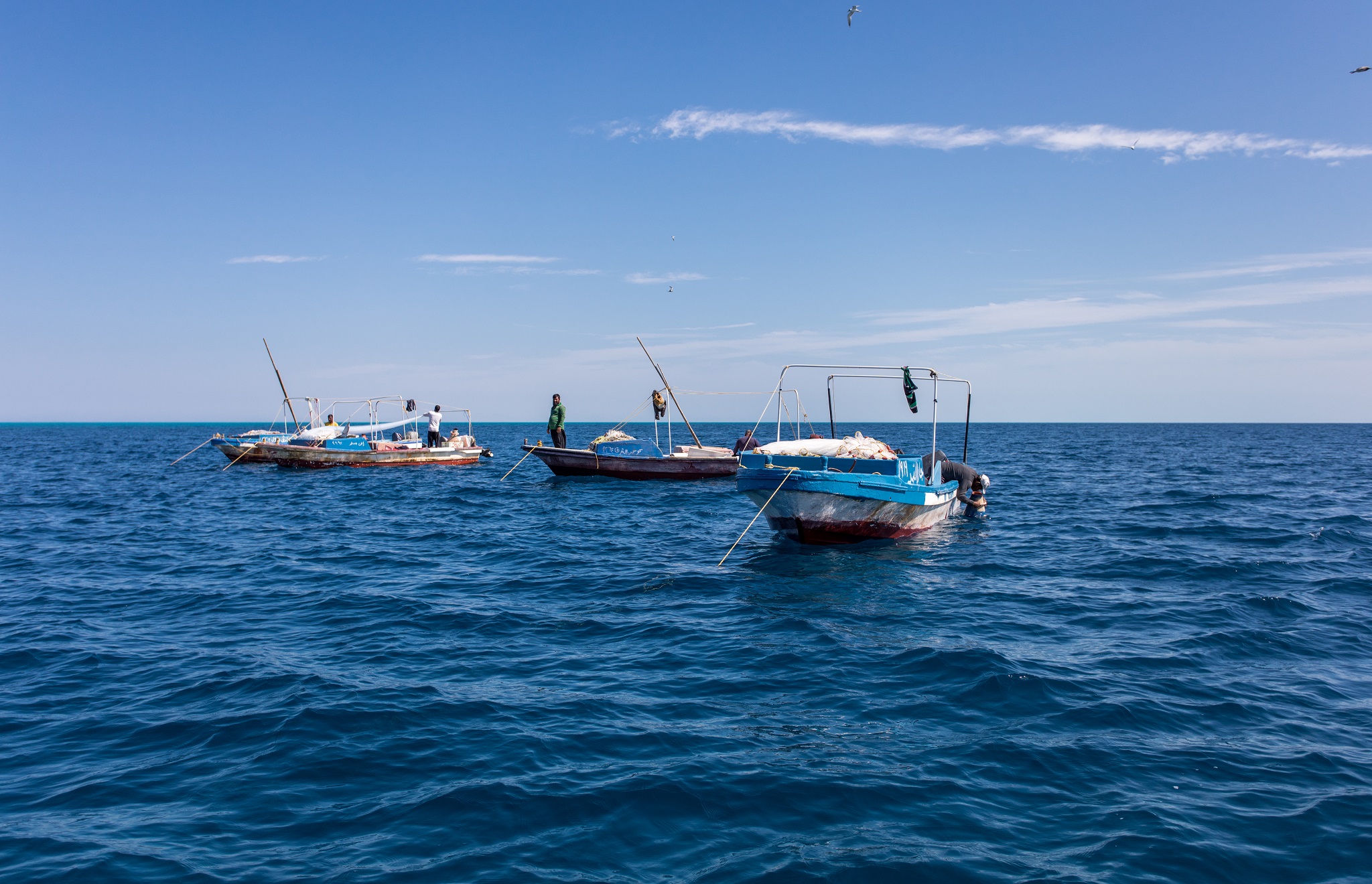
Overfishing
Overfishing is a primary threat to marine ecosystems globally, including Saudi Arabia. Overfishing occurs when fish are harvested at a rate faster than they can reproduce, leading to population declines and disruptions to marine ecosystems. Given the extensive coastlines of Saudi Arabia along the Red Sea and Arabian Gulf, fishing is a vital economic activity for coastal communities. However, increasing demand for seafood, advancements in fishing technology, and ineffective management of fishing practices have resulted in elevated levels of overfishing and subsequent damage to coral reef ecosystems.

06
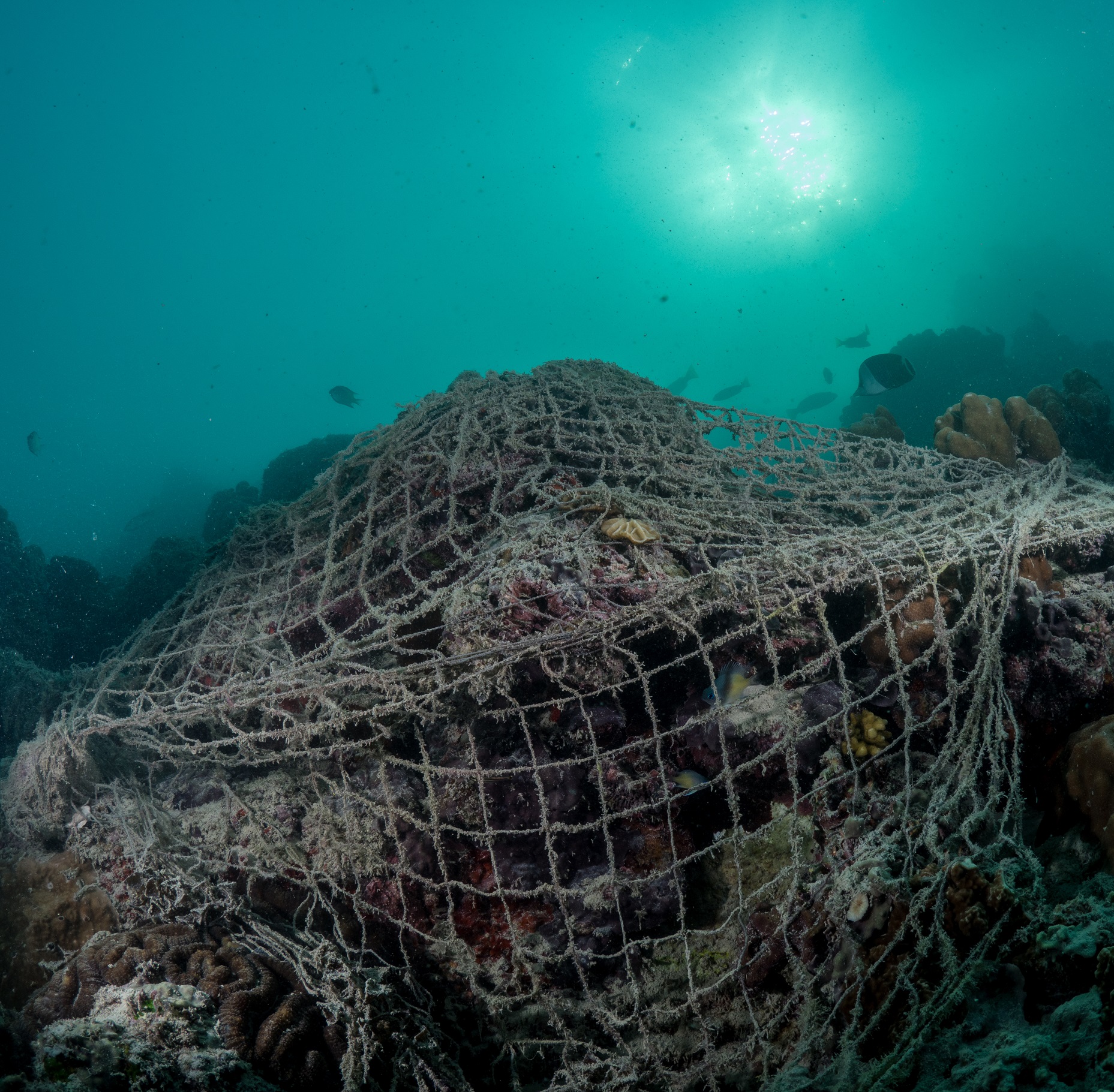
Pollution
Coral reefs in the Red Sea face an escalating threat from pollution stemming from daily human activities both on land and at sea. These activities encompass dredging, coastal development, and the discharge of untreated sewage. Desalination and Power Plants further compound the pollution problem. Desalination plants release highly saline brine as a byproduct, which can disrupt the delicate salinity balance essential for coral reef health. Power plants contribute to thermal pollution, increasing coral susceptibility to diseases and bleaching events.

07

Unsustainable coastal development
Unsustainable coastal development has a profoundly detrimental impact on both coral reefs and local economies. The random construction of coastal infrastructure exacerbates shoreline erosion and increases sedimentation rates in coral reef areas, leading to ocean deoxygenation and hindering photosynthesis. Furthermore, the establishment of marinas and harbors in coral reef regions disrupts marine ecosystems, while dredging and anchoring activities cause direct physical damage. Collectively, these factors contribute to the degradation of coral reef health, adversely affecting economies heavily reliant on tourism.

08
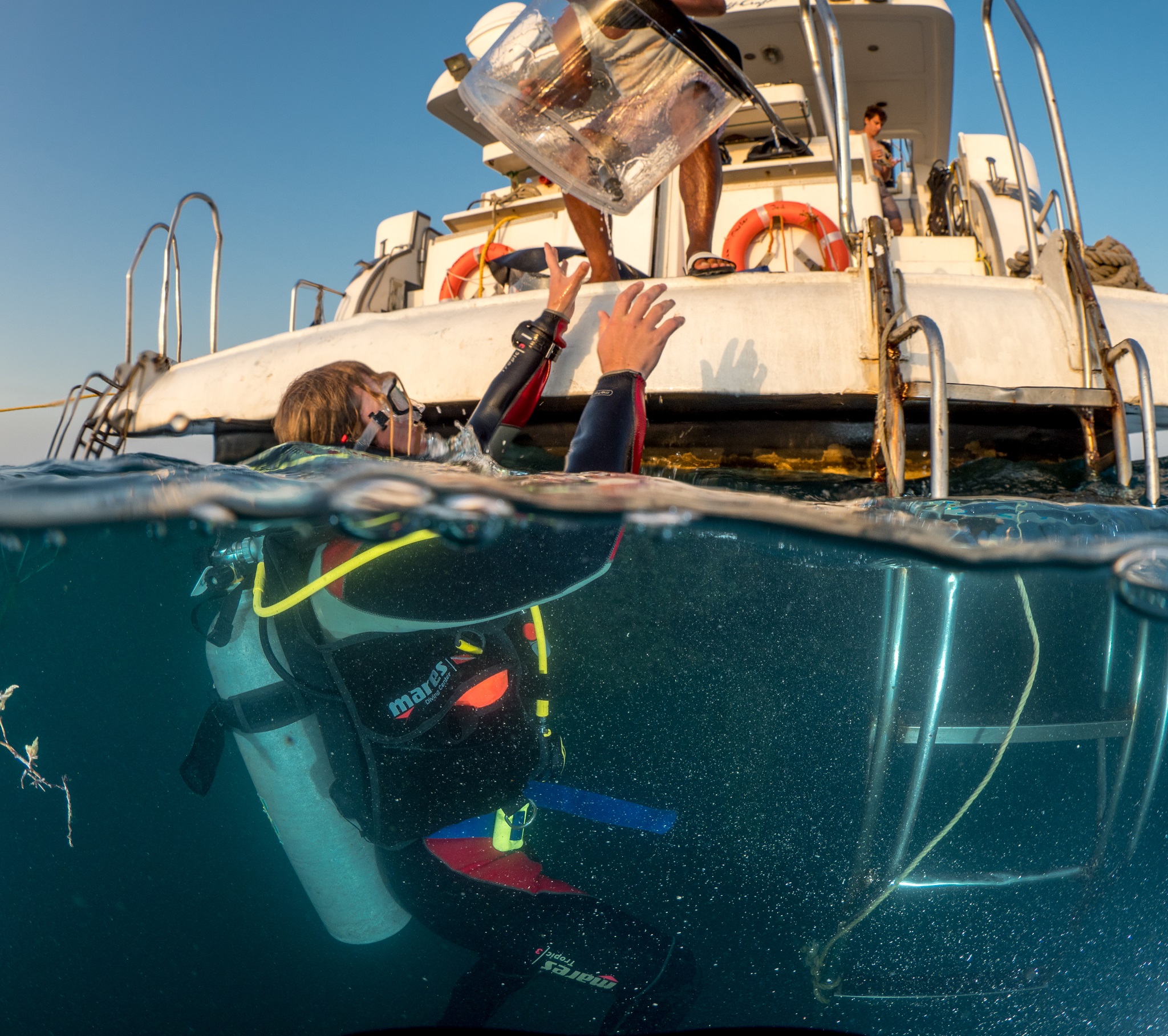
Unsustainable Tourism
Coral reef tourism serves as a cornerstone for the local economies of many countries, attracting a significant number of visitors seeking the beauty of these unique ecosystems. However, these tourism activities can lead to severe coral reef degradation if not managed sustainably. Among the most noticeable threats arising from unsustainable tourism are direct interactions between tourists and coral reefs, such as touching or standing on them, which can result in breakage and destruction. Additionally, irresponsible tourism practices contribute to marine pollution through the disposal of waste and plastic materials, negatively impacting coral health.

09

Coral Diseases
Coral disease is one of the most destructive factors affecting many reefs worldwide. Coral diseases can be evidenced by visible changes in tissue color, skeletal structure, and tissue loss, that will ultimately lead to coral death.

10
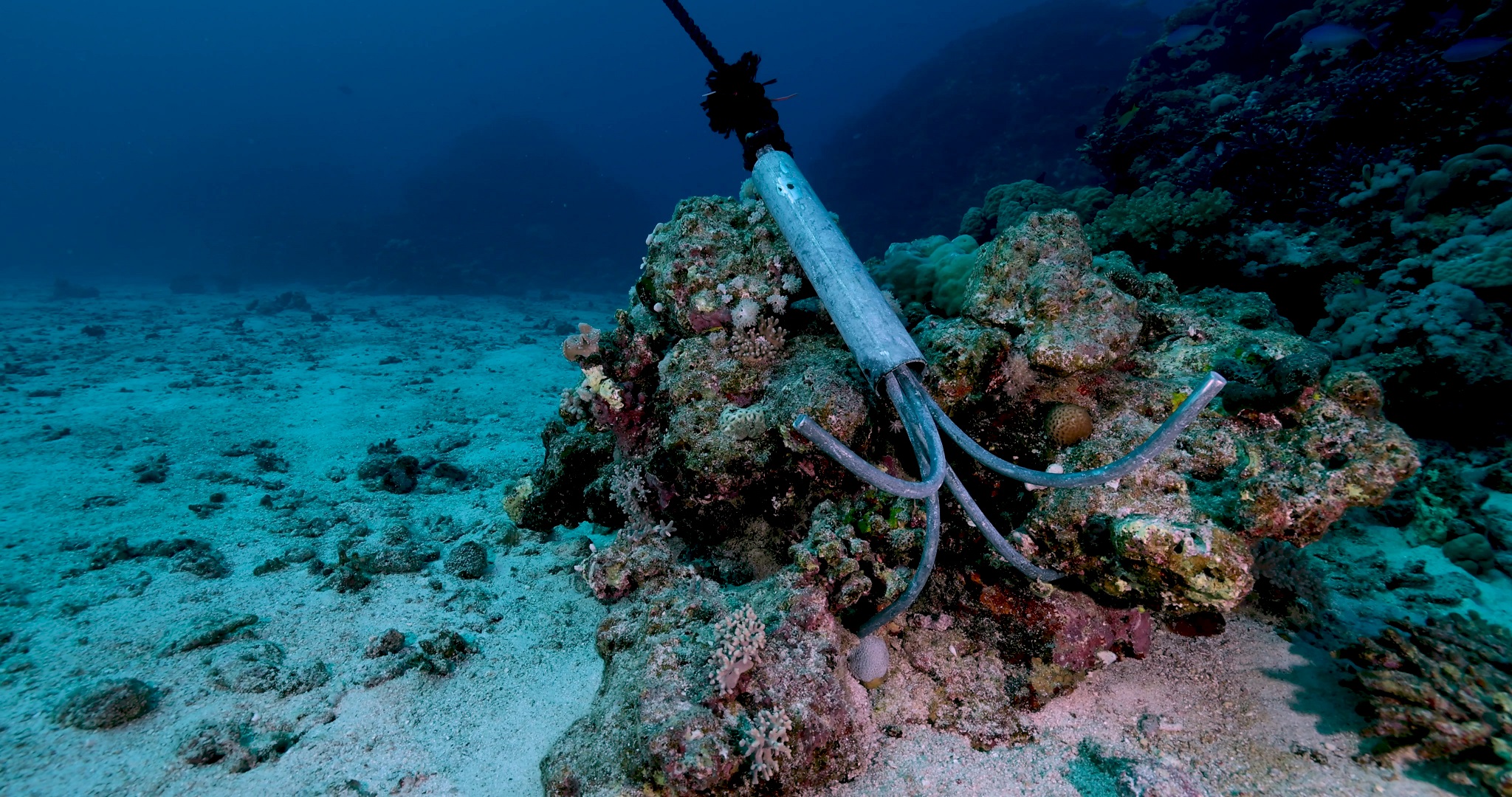
Anchoring
Access to coral reefs is commonly facilitated by vessels, both small and large. Vessels typically rely on anchors to stabilize their position when other mooring options such as marine buoys, pontoons, or sandbanks are unavailable. The practice of dropping anchors poses significant risks to coral reefs, including the breaking and displacement of corals.


